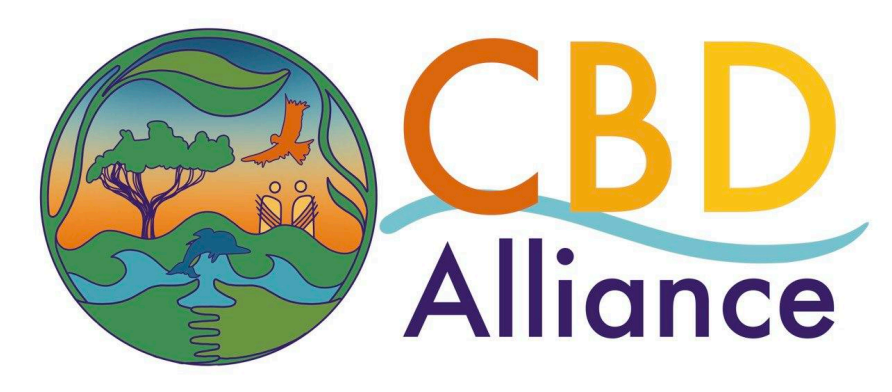Download the full issue as a pdf
A GBF that does not stop extinction now will be a failure
Paul Todd, Natural Resources Defense Council
Adopting a Global Biodiversity Framework (GBF) that does not immediately halt the extinction of wildlife will be viewed as a failure by the billions of people around the world who want to chart a new course for the planet. Halting species extinction by 2030 or 2050 is simply not good enough. The fact is, the vast majority of extinctions occurring now are caused by human activities, and they can be prevented. The Aichi Targets committed to halting extinctions of known threatened species by 2020. That did not happen. So, we must recommit ourselves to halting extinctions now, or we stand to lose arou nd a million species in the coming decades, according to the 2019 IPBES Global Assessment Report.
Draft Goal A contains language to reduce extinction risk by 20 percent or more by 2030 and eliminate extinction risk by 2050. But the actual extinctions of species must end immediately, not in 10 or 30 years, as suggested by some Parties. Goal A (or Target 4) must ensure that human-induced extinctions are halted – and halted now. The IUCN Red List of Threatened Species classifies 8,722 species as “Critically Endangered” and many more as “Endangered.” A myriad of global, science-based organizations have said the same thing – halting extinction immediately is both necessary and achievable. We can save threatened species before they blink out, but only with urgent action.
Some reflections on a Biodiversity Fund
Antje Lorch, Ecoropa
The proposal for a specific biodiversity fund raises questions: how will money be distributed? Who will – directly or indirectly – decide on it? Negative experiences with the GEF are a recurring argument for a mechanism directly under the CBD. Inspiration comes from the Green Climate Fund (GCF), established by the UNFCCC in 2010, creating many hopes. Unfortunately, the experiences are discouraging: many consider the GCF worse than the GEF, and at the moment, climate finance provisions are dominated by loans, creating ever more debts.
Which challenges are structural in any fund? Which are specific to the GEF? Which are the specific problems for which a biodiversity fund can - and will have to - be a better contribution to halting biodiversity loss? Moreover, the question might be less whether “other sources” will appear, but: What will be the prerogatives for their input? How will the fund be governed? The GCF is open to private money and philanthropic donors. Currently, a decade after its creation, the GCF is discussing how to take money without philanthropists earmarking their money for specific purposes. Will a Biodiversity Fund be in a strong enough position to tell donors that the fund and the recipient countries will not be at their beck and
call?
Donors, philanthropy, pension funds, the private sector and super-rich individuals don’t have a legal obligation towards biodiversity. If they don’t like the conditions of a biodiversity fund, they can take their money somewhere else. They may prefer to use their power to spend their money where their preferences and their positive public visibility are served unhampered by multilateral rules and governance and the real needs of biodiversity and people in a Party-driven process. Will a biodiversity fund provide additional resources in a predictable and reliable manner?
Grande marche pour le vivant / March for Biodiversity and Human Rights
Yesterday, December 10, a March for Biodiversity and Human Rights took place in Montreal. It was organized by the Quebec Civil Society Collective for COP15, which regroups 85+ organizations mobilizing for biodiversity protection in the context of COP15, along with local and international allies.
The convening highlighted that we are one with nature, human rights have to be protected. Together, we can halt nature's decline, as well as fully respecting human rights and Indigenous peoples' rights. Together, we have the opportunity to propose a new social vision based on the preservation of all forms of life.
Active members of CBD Alliance joined the march. No Biodiversity framework without human rights. Conservation cannot be done without indigenous peoples and local communities. “We are tired of empty promises. We demand this COP to be based on justice, human rights and equity. Indigenous Peoples, peasants, fisher folks are the ones who defend biodiversity against corporations, destruction and violence.", stated Mariann Bassey from ERA/FoEN during keynote speeches.
